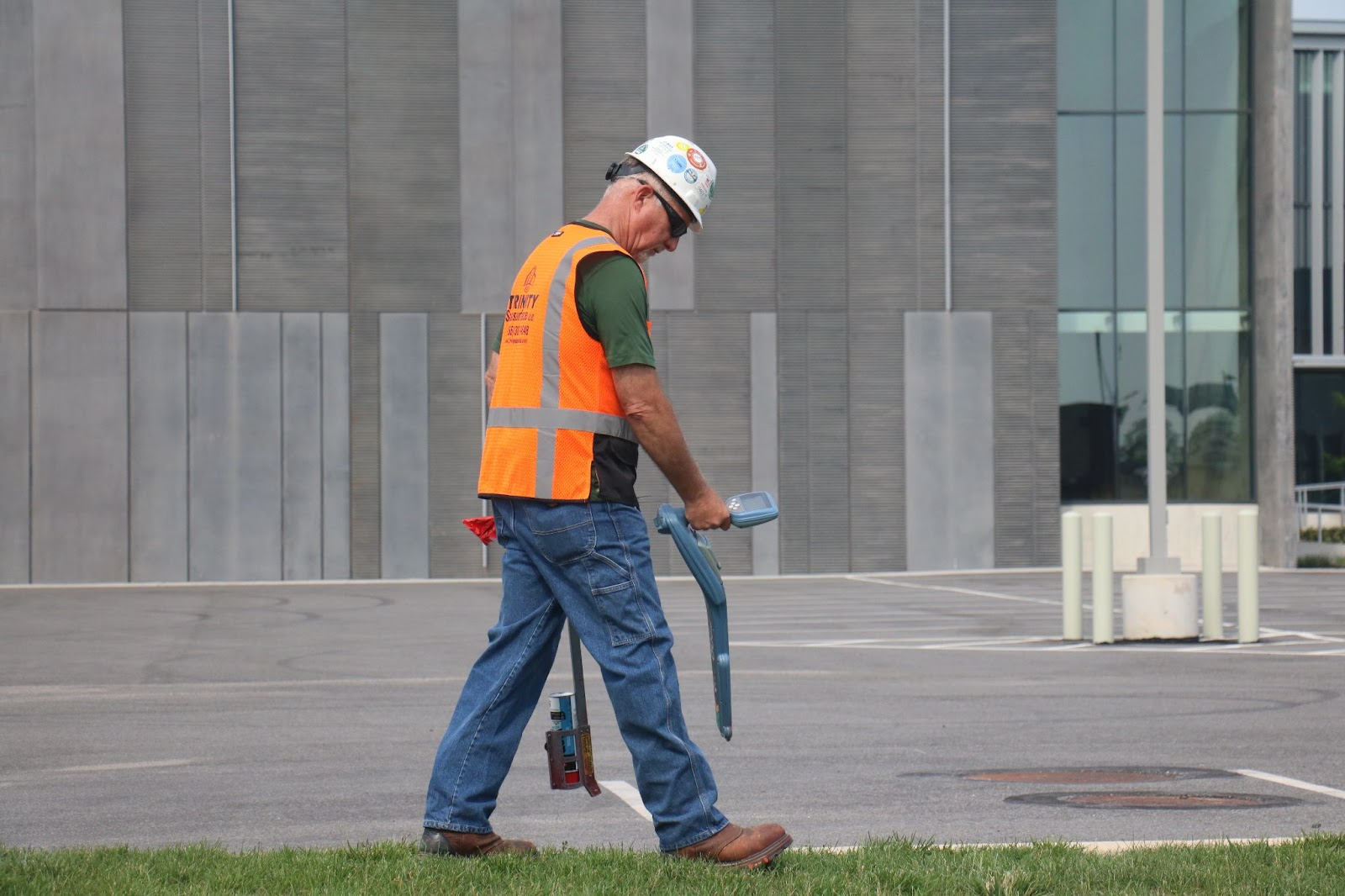What's The Problem?
How can Trinity Subsurface, LLC help?
Explore our service offerings.
Get to Know Us
Trinity Subsurface, LLC Resources
Understand what's underneath our team.
When Should You Locate Utilities?
Many people have questions about when utility locating is needed in a project. When phone calls come in, the phrase “as soon as possible” comes up a lot. Sometime next week. Tomorrow. Today. Some people may not realize that utility locating is needed until it’s time to start digging. Damage prevention routinely goes up against project deadlines. As soon as possible is often requested by clients to keep things on schedule. What kind of time frame should you prepare for when locating underground utilities?

Generally speaking, you should consider locating existing utility lines while planning out your project. The earlier you plan to locate existing utilities under your site, the better prepared you can be to make adjustments to existing project plans and discuss them with other parties involved with the work. There are a few steps involved with the locating process to prepare for while planning. First, it’s the law to call a public utility locator / One-Call / 811 to verify clearance of public utility lines. Their response can vary – some will request a contracted locator to mark out an existing public utility line. Other companies will simply verbally verify that their public utilities don’t exist within an area. This response can vary depending on where in the country you’re calling from. Each state has a different level of responsiveness.

Most public utility notification centers request that you call three business days minimum before starting work for an 811 ticket to be valid. Longer may be necessary for a public locator to verify the line if they’re physically performing the locating. In the worst case scenario, operators and contracted locators may not provide a full response. Some tickets require multiple transmissions to each of the different utility companies – including public gas, sewer, water, communications, and electric lines – which can delay response time. If you dig before getting a full response, you may end up in violation with the law. Response time in general has become a hot-button issue when it comes to public locators. In the latest DIRT report from the Common Ground Alliance, a survey from eight centers revealed that an average of 38% of tickets were considered late responses between 2023 and 2024. This is paired with an increase in volume between both years.
Once the public utilities are notified of work and verify utilities, there may still be private utilities or underground storage tanks running through a site that won’t be marked. In this case, you’ll need a private utility locator. Private locators can also reverify existing marks performed by public utility locators where possible. Depending on the scope of work, a longer timeframe may be needed to perform utility mapping and provide a report. That’s why planning ahead is recommended to avoid project delays – however, if you have to choose between a delay right before the project starts to locate utilities and unsafe digging… we recommend the initial delay to avoid even further delays. Another question about “when” is how often you should locate. Getting an area remarked is recommended if new work occurs at a site after locating. On Trinity’s end, we guarantee our deliverables are accurate up to 30 days prior to starting work at a site.
If you need your utilities located and need them within a timely fashion, our team at Trinity Subsurface offers full service investigations to understand what’s underneath. Visit the rest of our website to find out more information on how you can protect utilities at your site.